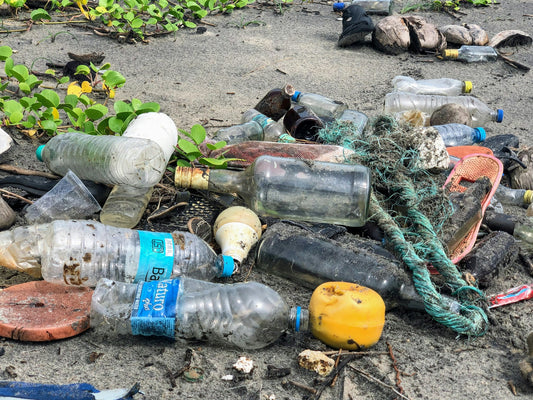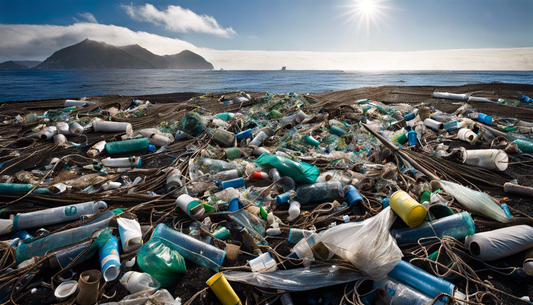Share
Toxic Smog:
A thick layer of toxic smog has cloaked New Delhi, driven by smoke from firecrackers used to celebrate Diwali, the Hindu festival of lights.
Air Quality:
The air quality index in New Delhi has plunged into the "severe" category, with levels of deadly particulate matter reaching seven times the World Health Organization's safety limit.
Firecracker Ban:
Authorities have banned the use and sale of traditional firecrackers since 2017, but the rule is often flouted.
Health Concerns:
The air pollution crisis in New Delhi is particularly severe in winter when cooler temperatures trap deadly smoke from neighboring states. This surge in pollution worsens public health issues.
Emissions:
Emissions from industries without pollution controls and the use of coal, which produces most of the country’s electricity, also contribute to poor air quality.
Health Impact:
Residents like Manoj Kumar are aware of the potential health risks, with studies estimating that more than a million Indians die each year from air pollution-related diseases. Tiny particulate matter can lodge deep in the lungs and cause major health problems. New Delhi, home to over 33 million people, is regularly ranked one of the most polluted cities in the world. The ongoing air pollution crisis highlights the need for stricter environmental regulations and public awareness about the dangers of air pollution.
A thick layer of toxic smog has cloaked New Delhi, driven by smoke from firecrackers used to celebrate Diwali, the Hindu festival of lights.
Air Quality:
The air quality index in New Delhi has plunged into the "severe" category, with levels of deadly particulate matter reaching seven times the World Health Organization's safety limit.
Firecracker Ban:
Authorities have banned the use and sale of traditional firecrackers since 2017, but the rule is often flouted.
Health Concerns:
The air pollution crisis in New Delhi is particularly severe in winter when cooler temperatures trap deadly smoke from neighboring states. This surge in pollution worsens public health issues.
Emissions:
Emissions from industries without pollution controls and the use of coal, which produces most of the country’s electricity, also contribute to poor air quality.
Health Impact:
Residents like Manoj Kumar are aware of the potential health risks, with studies estimating that more than a million Indians die each year from air pollution-related diseases. Tiny particulate matter can lodge deep in the lungs and cause major health problems. New Delhi, home to over 33 million people, is regularly ranked one of the most polluted cities in the world. The ongoing air pollution crisis highlights the need for stricter environmental regulations and public awareness about the dangers of air pollution.
We hope you enjoyed this article. Please feel free to leave a comment below if you want to engage in the discussion.
If you want to read more like this, make sure to check out our Blog and follow us on Instagram. If you are interested in truly sustainable products, check out our Shop.
Check out the original source here.








